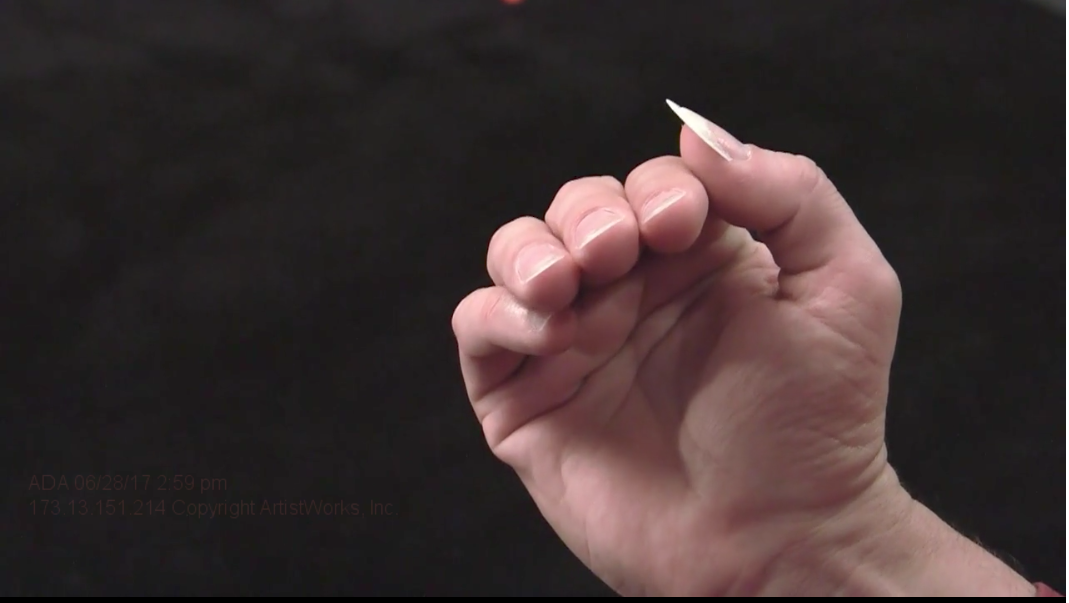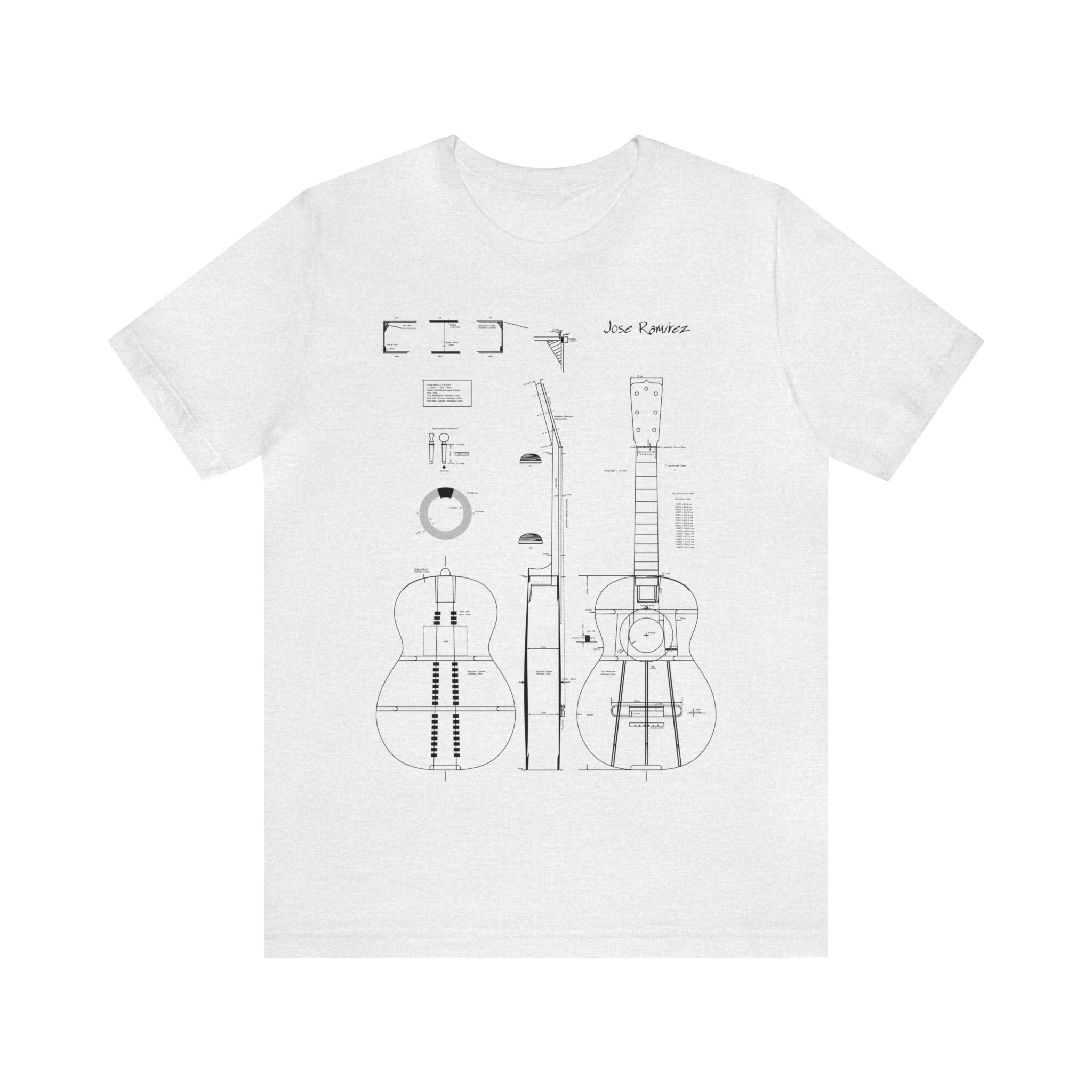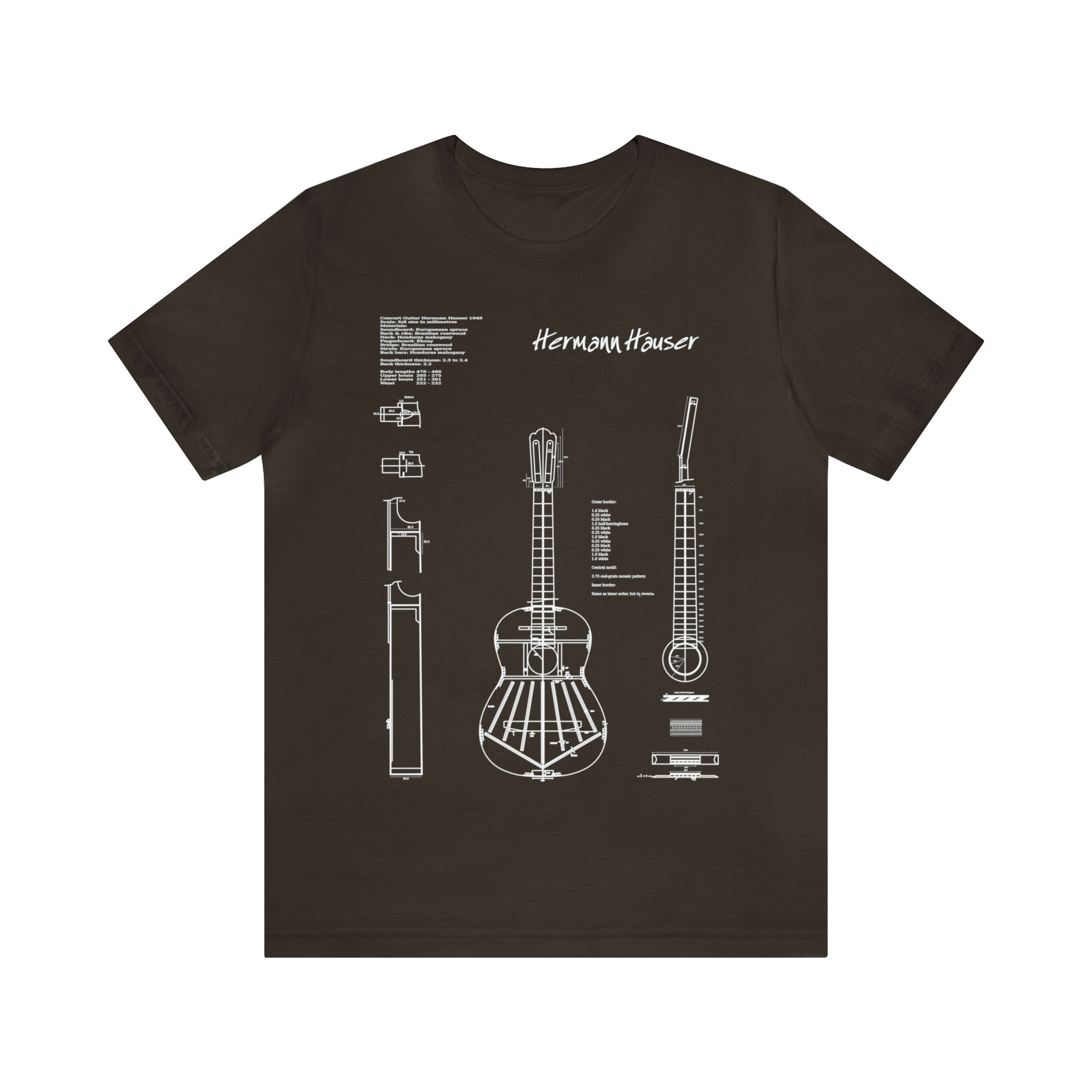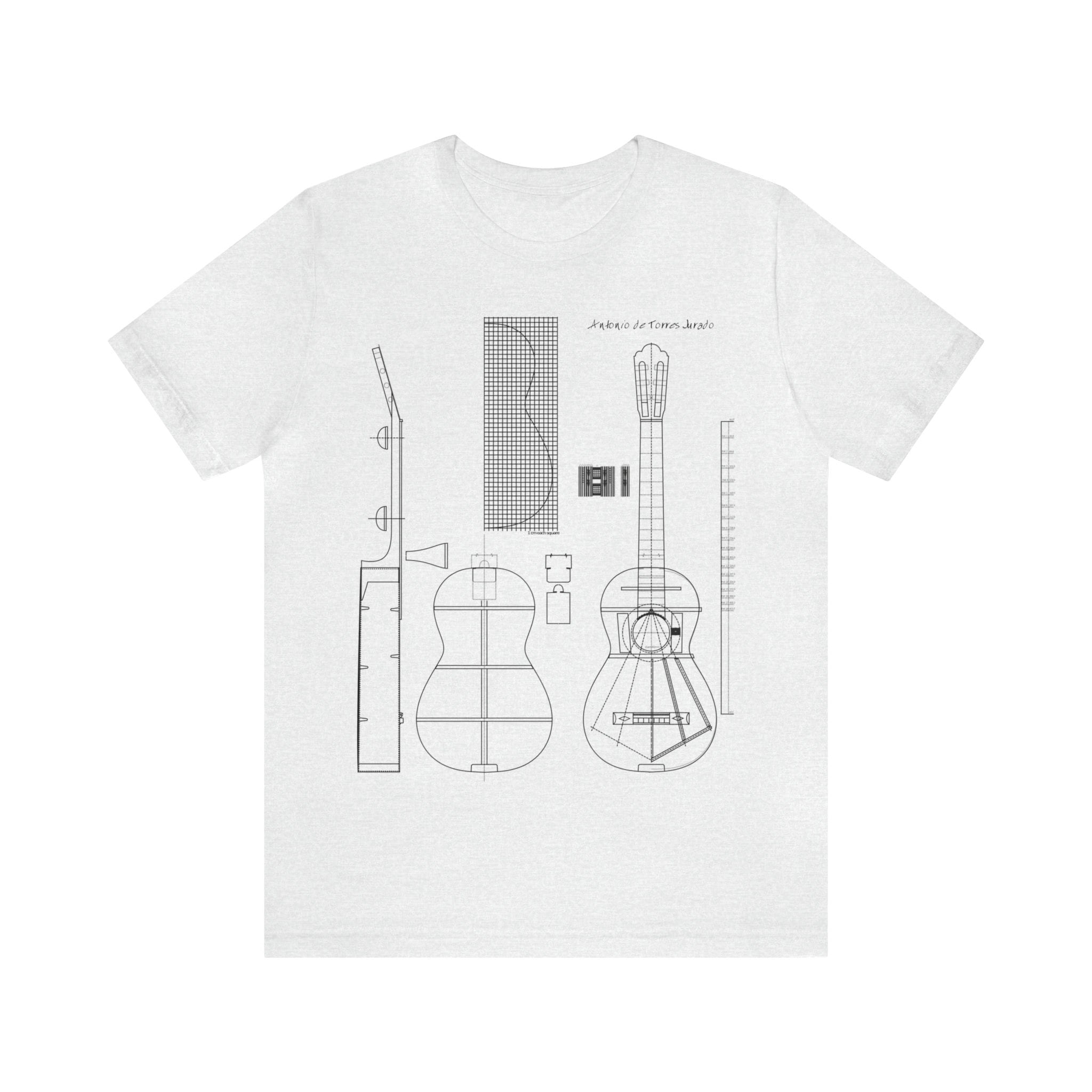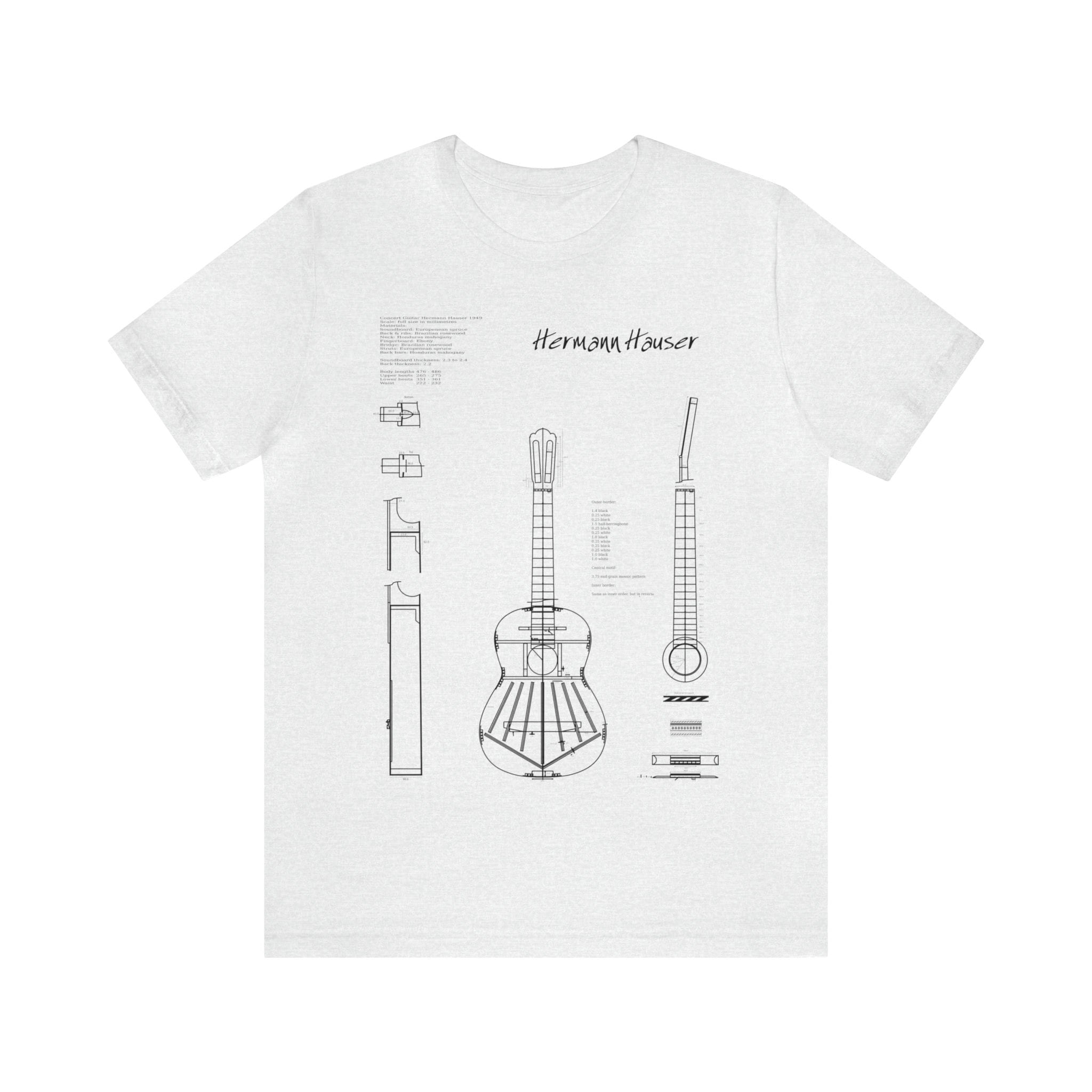“Whoever nature has not given good nails had better give up the guitar. They have to be hard and soft at the same time to give a good sound quality, because if there is not a good sound, the charm of the guitar disappears ”
Andrés Segovia
The nails and their maintenance is essential to make the instrument sound at its best.
Here are some tips for always keeping them in a good shape.
THE LENGTH
For the index, middle and ring fingers, the nail should not exceed one millimeter above the pulp. To control this length, watch your fingernails carefully as you open your hand, palm facing you. Two operations will be necessary to restore them to the correct length: filing and polishing.
THE FILING
You have to be prepared to devote the time to it and take all the necessary care. We start by filing the middle of the nail flat, then we move to the sides, making sure to respect the roundness of the pulp.
ELIMINATE ALL SMALL WASTE DUE TO FUR POLISHING AS YOU FILE.
Be calm, patient and vigilant because if the nail is too short, there will be no other solution than to wait for it to grow back. Of course, this operation will seem tedious to you at the beginning, but the more you practice it, the more the gestures will become automatic.
CAUTION, NEVER USE SCISSORS OR NAIL CUTTERS.
POLISHING WITH PAPER
When you have reached the desired length while respecting the roundness of the finger, you will need to finish the job with the finest sandpaper possible, which you will pass patiently around the edge of the nail to avoid any roughness.
THUMB
The Thumb length of the nail is not the same as for other fingers. Depending on the morphology, this length can vary from 2 to 5 millimeters.
WHAT TO DO IF A NAIL BREAKS?
Two scenarios require two different treatments.
a) The nail is broken, but not completely detached.
In this case, reattach the broken part to the location of the break using a strong glue. Then reinforce by gluing several sheets of cigarette paper on top of each other. There are other tricks available, such as cutting the shape of a fingernail out of a water bottle or ping-pong ball and polishing it and filing it down like a normal fingernail.
To have only a simple maintenance to perform, watch the growth of your nails, which will avoid you having to carry out a complete overhaul each time. At the slightest roughness, polish, at the slightest notch, file.
b) The nail is totally broken, but you have recovered the detached part. Readjust this part to the place of the fracture and, as in the first case, make collages which you consolidate with a strong glue. Polishing with paper When you have reached the desired length while respecting the curve of the finger, you will have to finish the work with the finest sandpaper possible, which you will pass patiently around the edge of the nail in order to avoid any roughness.
c) The nail is broken, but the broken part is unrecoverable or lost. One of the most natural tricks is to anticipate this possibility by growing the left thumbnail, which acts as a “spare nail.” Then cut this nail carefully with scissors (this time it is allowed!) And put it back in place as in the previous case. Be careful, as the thumbnail is wider than the others, file off the excess and polish with sandpaper until you get the right length.
Classical Guitar
